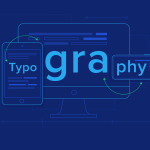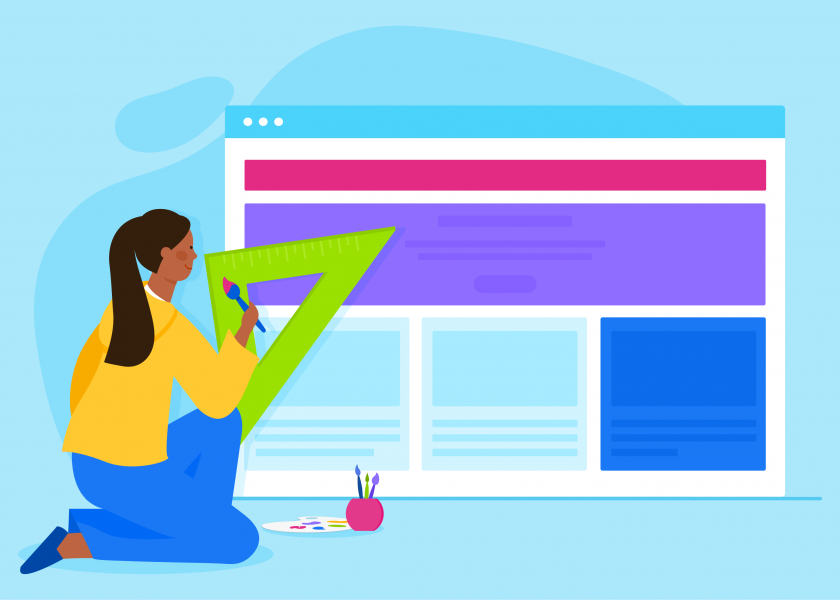Color is one of the most powerful tools in web design. It can evoke emotions, convey meaning, and influence behavior. The psychology of color has been extensively studied, and web designers can leverage this knowledge to create effective designs that resonate with their audience.
Color and Emotion
Color has the ability to evoke a range of emotions. For example, red is often associated with passion, excitement, and urgency, while blue is associated with calmness, trust, and professionalism. Yellow is associated with happiness, optimism, and creativity, while green is associated with growth, health, and nature.
Web designers can use these associations to create designs that evoke the desired emotions. For example, a website selling luxury goods might use a lot of red to create a sense of excitement and urgency, while a website selling health and wellness products might use a lot of green to create a sense of calmness and relaxation.
Color and Meaning
Color can also convey meaning. For example, in Western cultures, white is often associated with purity, innocence, and peace, while black is associated with sophistication, elegance, and authority. In Eastern cultures, however, white is associated with death and mourning, while red is associated with good luck and prosperity.
Web designers must be aware of these cultural associations and use color accordingly. A website aimed at a global audience, for example, might use colors that have universal meanings, such as blue for trust and green for nature.
Color and Behavior
Color can also influence behavior. For example, studies have shown that people are more likely to click on a red button than a blue button, and that people are more likely to buy products that are displayed on a red background than on a blue background.
Web designers can use this knowledge to design websites that encourage certain behaviors. For example, a website selling products might use red buttons to encourage more clicks, while a website offering a service might use green buttons to encourage more sign-ups.
Color and Accessibility
Finally, web designers must also consider color accessibility. Not all users can perceive colors equally, and some users may have color vision deficiencies that make it difficult to distinguish between certain colors.
Web designers can ensure color accessibility by using high-contrast color combinations and providing alternative text for color-coded information.
In conclusion, the psychology of color is a powerful tool for web designers. By understanding how color evokes emotions, conveys meaning, influences behavior, and affects accessibility, designers can create effective designs that resonate with their audience and achieve their goals.



